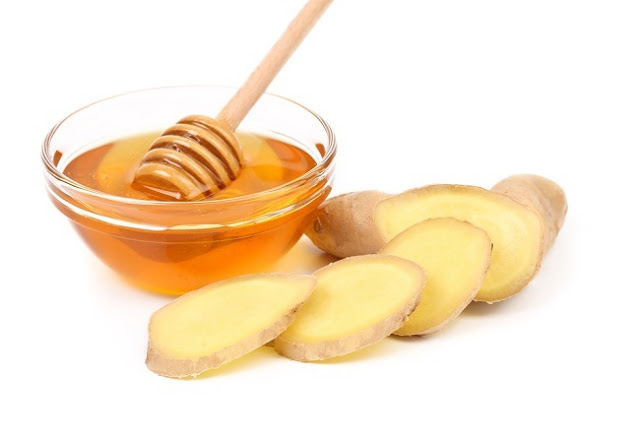Types of Compress and Rules of Use
Compress is one way to reduce heat which is certainly familiar to you and your family. But compressing isn't as easy as it seems. Choosing the type of compress to handle fever or other conditions, such as injuries, can not be arbitrary. Come on, understand compresses further here.
Compress is generally used to relieve inflammation or swelling, reduce pain due to injury to muscles or joints, and increase blood flow.
Know the Types of Compress
Broadly speaking, there are two types of compresses, namely hot compresses (warm) and cold compresses. Hot compresses are also divided into two types of compresses for different conditions, with different rules of use. Likewise with cold compresses. Here are the types of compresses that you need to know more about.Hot compress
Hot compresses, or more accurately called warm compresses, can increase circulation and blood flow to the affected area, thus helping to relieve the pain caused. This compress is also able to restore the flexibility of injured muscles and body tissues. There are two types of hot compresses, namely:Dry heat
This type of compress is easier to do. Examples of hot dry compresses that are commonly done are heating pillows and saunas.
Moist heat
This compress is more effective when compared with a dry hot compress, that is by using a towel soaked not with boiling water but warm water, or by means of a warm bath.
Cold compress
This type of compress can reduce blood flow and nerve activity in the affected area, so that it will also reduce swelling, inflammation, and pain that arises. Some cold compress options that can be done include:- Cold Towel.
- Ice pack or frozen gel.
- Cooling spray.
- Ice massage.
- Ice bath.
Suggestions for use of hot compresses
Hot compresses can be done for a longer duration than cold compresses. But in general the recommended time for a hot compress is 15-20 minutes. To deal with a little more severe pain or severe pain, you can do bath therapy or warm bath for 30 minutes to a maximum of two hours. For whatever hot compress is used, consider the following conditions:- Fever in children. Use warm water or lukewarm to soak a towel or a compress before applying the compress.
- Stiff joints due to arthritis.
- Headaches caused by tightening of the neck or jaw muscles.
- Muscle aches after exercising with high intensity.
- Muscle cramps.
- Chronic pain, as in fibromyalgia.
Rules for use of cold compresses
Cold compresses are recommended for treatment of acute injuries that have just occurred and should only be used within the first 48 hours (two days) after you experience an injury, such as a sprain or bruising. In addition to bruises and sprains, cold compresses can also be used to treat the following conditions:- Insect bite.
- Itchy.
- Burning or burning sensation that arises due to arthritis.
- Migraine.
- Tendonitis
- Bursitis.
- Eyes puffy.




Komentar
Posting Komentar